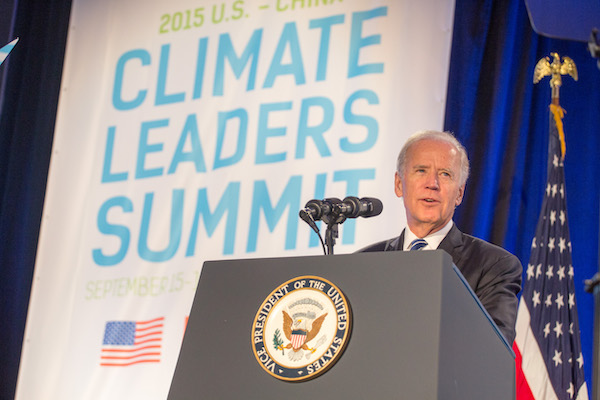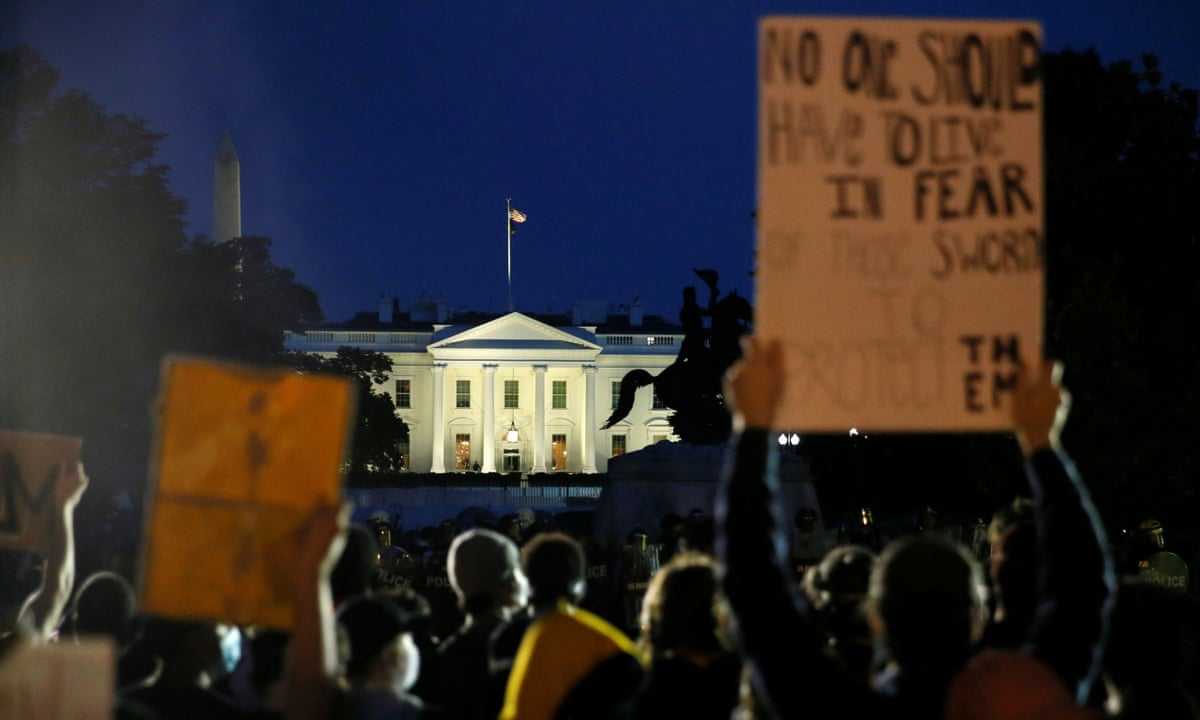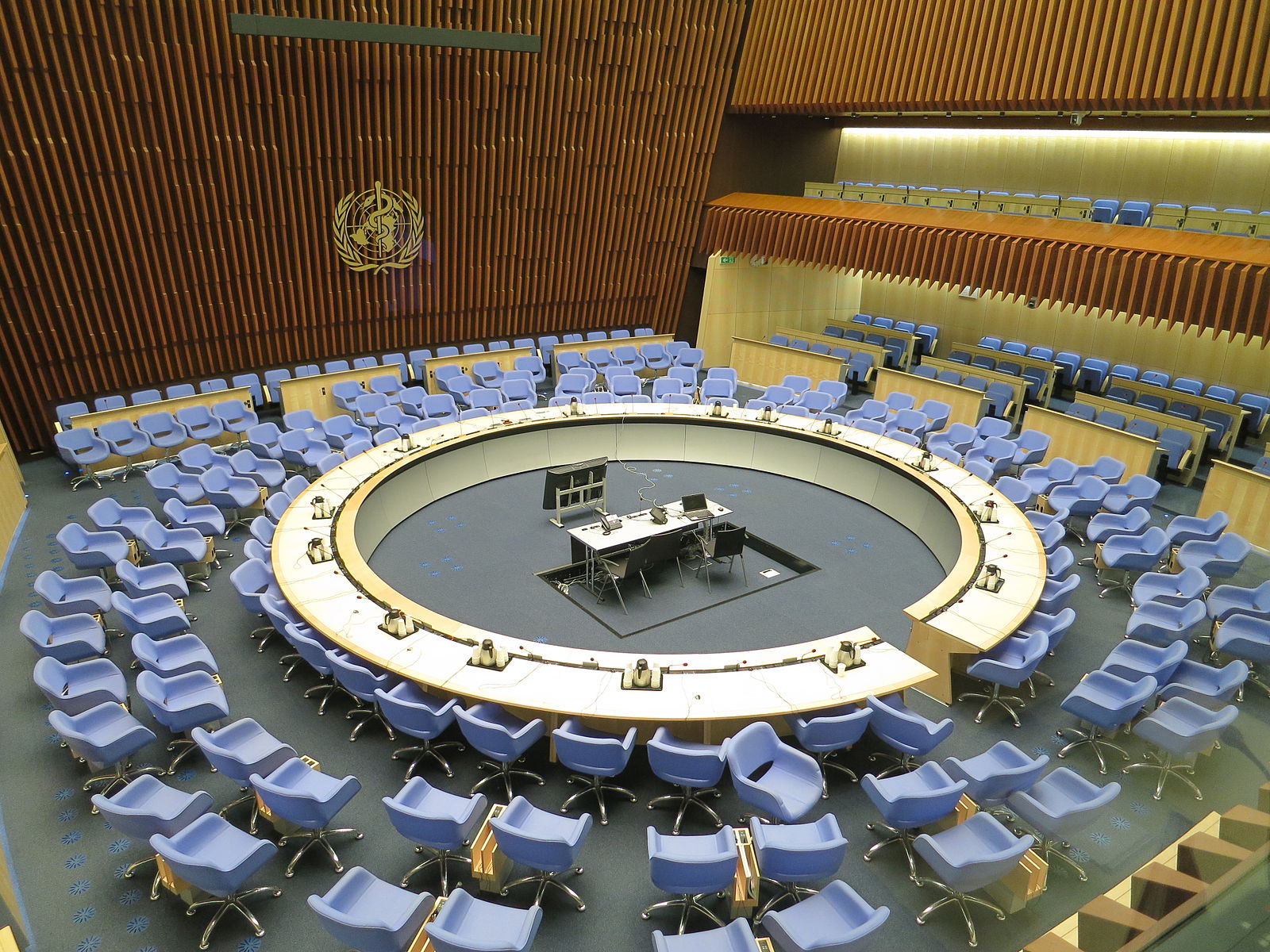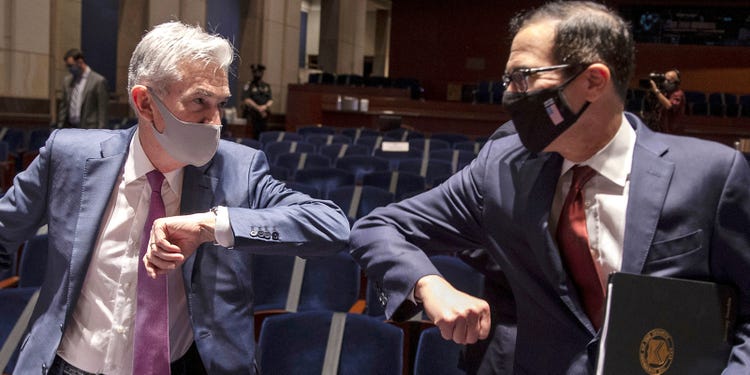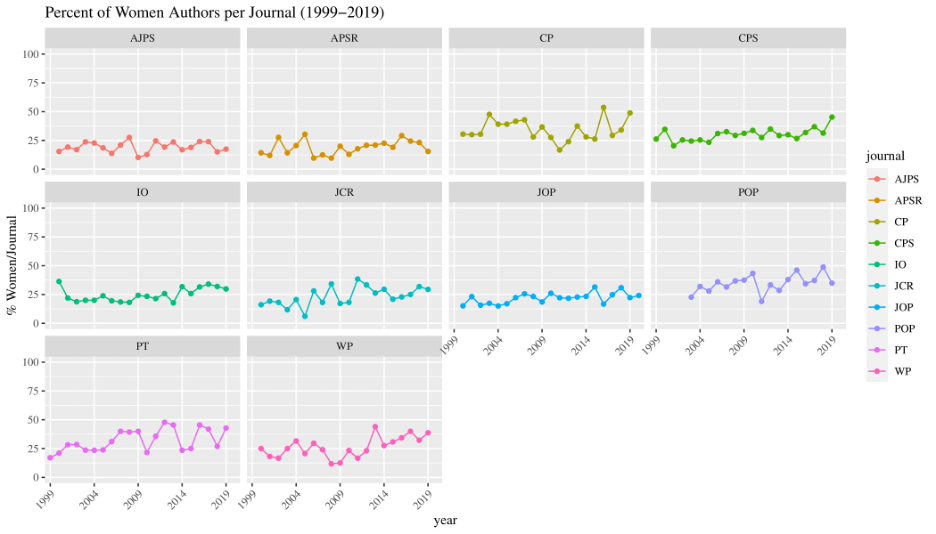Sean Kay, a much beloved international relations professor at Ohio Wesleyan, died suddenly of a heart attack in November. Though I blogged about Sean in December, we will be publishing a series of memorials to Sean from former students and colleagues over the remainder of this week. The post below is a guest post from Ahsan Butt, an Associate Professor at the Schar School of Policy and Government at George Mason University and a nonresident fellow at the Stimson Center. Even two months after his death, Sean Kay’s passing still feels shocking. Sean was a vivacious, larger than life presence,...


